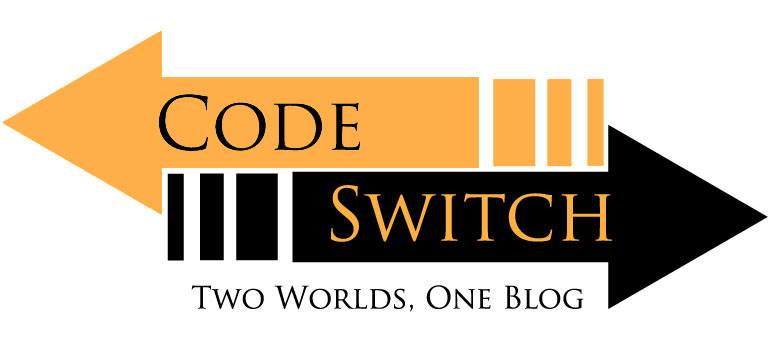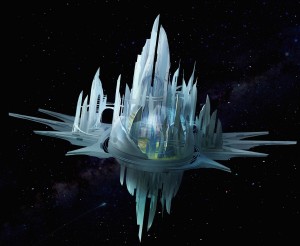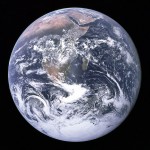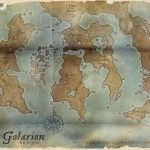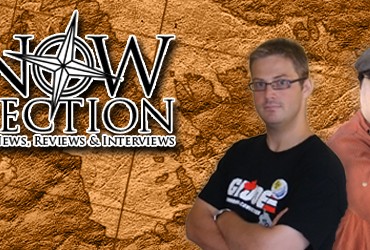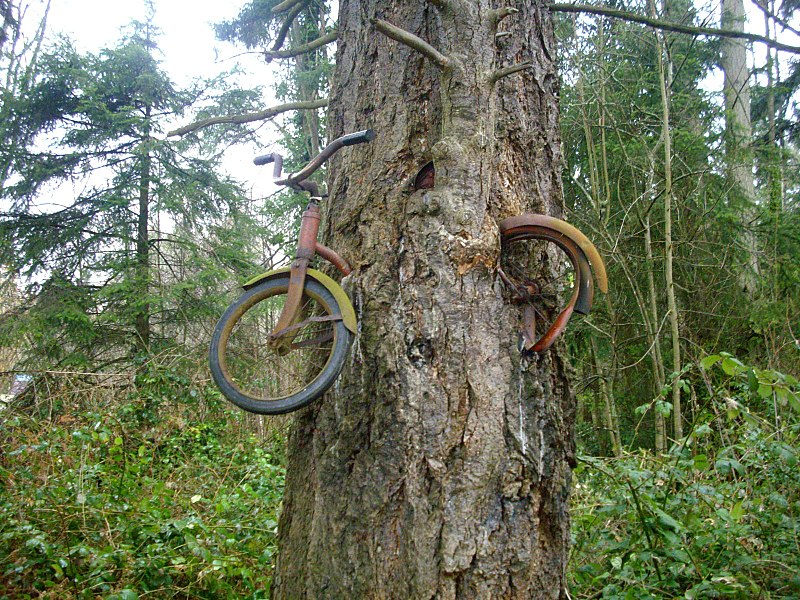I am wetting my pants with excitement for Starfinder. I love science fiction, and some of the most fun I’ve had in Pathfinder has been messing with Numerian technology or Jistkan golems. I could really just vomit a list of things I want from Starfinder but I have something far more fun to talk about, a thought exercise.
I can’t wait to call you home.Space is problematically large. In writing a campaign setting for a sci-fi RPG, I came across this issue in spades. Some of it is mitigated by faster-than-light travel, but the differences in relative velocity between objects, acceleration, and zero gravity are all concepts that apply in space RPG settings that you don’t see too often in fantasy RPGs. In interview for Enworld James Sutter said that Starfinder won’t play by hard science fiction rules, but by more loose and thematic science fantasy rules. This solves the aforementioned issues of gravity, acceleration, and velocity and also probably addresses things like the conservation of energy (I.e it probably won’t be in Starfinder).
There are still so many questions about Starfinder. Golarion is gone and in its place, a space station called Absalom Station orbits the sun. I’m assuming the rest of the solar system is the same as in Pathfinder, but I have nothing to base that on as of yet. What I’m really curious about is the situation surrounding the creation of Absalom Station. Was Golarion emptied of humanoids with Absalom Station being their ark? Was Absalom Station meant to just house a select few chosen people? These questions will all be answered closer to release but I’m still curious, how big is Absalom Station?
Assumptions
To estimate the size of Absalom Stations were going to try and gauge how big it would need to be to house the entire population of Golarion at once. It may not reflect the Absalom Station we play in Starfinder, but may reflect the first incarnation of Absalom Station. To do this were gonna use real world data to make a few large logical leaps to at least get us in the ball park of the minimum size Absalom Station needs to be.
1. Golarion has the exact same dimensions, mass, surface area, land area, etc as Earth.
2. When talking about Humans or Humanoids its in direct reference to sentient creatures like humans, elves, gnomes, dwarves, etc. Monstrous humanoids or intelligent magical beasts are omitted.
3. Absalom Station is a hyper-urban environment with humanoids crammed in the smallest possible space.
Earth, Golarion. One has magic, one has Tex-Mex.
With those assumptions out of the way we can start our exciting adventure into math, hooray! Now, I am not a mathematician and if you think some numbers are wonky, tell me in the comments. I won’t be showing all my work, but where its important I will show outcomes, or where I got numbers from.
How many humanoids live on Golarion?
That is the ten million dollar question. Paizo has intentionally avoided hard counts of nations or regions. The available numbers we DO have are the notable settlement populations in the Inner Sea World Guide. These population counts tend to include humanoids who are conveniently aligned with our assumption of humanoids.
To get a population count for Golarion were first going to sample some nations of the Inner Sea to determine an average population for a nation, then determine population density, then run that density against the land area of Golarion to get our count.
The Earth (and therefore Golarion) has 57,510,000 square miles of land. The Earth has roughly 7,125 billion sentient humanoids (7,125,000,000 people). This gives Earth a population density of 124 people per square mile. The WHO states that 54% of Earth’s population lives in cities, up from 34% in 1960.
We can use this! We can use the 1960 rate to give an estimate of populations in Inner Sea Nations. I’ll be using Andoran, Katapesh, The River Kingdoms, and the Land of the Linnorm Kingdoms as population models. I’m going to take the notable settlement populations of these nations from the Inner Sea World Guide and assume that 34% of the nation’s population lives urban lives in those notable settlements and therefore 66% live in more rural settings. This isn’t accurate, but it’s a useful assumption. Using this assumption we find the following:
Andoran has a notable settlement population of 320,450 with a total population of 942,450.
Katapesh has a notable settlement population of 239,294 with a total population of 703,805.
The River Kingdoms has a notable settlement population of 107,600 with a total population of 316,470.
The Land of the Linnorm Kings has a notable settlement population of 131,090 with a total population of 385,558.
If we average those total populations we get 587,071, a number we can use as the average population of a nation in Golarion. This isn’t perfect, but it’s fine! There are 41 nation in the Inner Sea, using our average population we have the Inner Sea having a total population of 24,069,901 people.
Roughly 24,069,901 humanoids live in the Inner Sea Region. If we only had the size of the Inner Sea Region we could create a population density, I wonder how we could do that? Oh, I know! More wild real-world data speculation!
To get a population density we just need a size for the Inner Sea. I went ahead and took the land areas of Europe, Turkey, and Northern Africa (with Cameroon, Ethiopia, and Somalia as its southern border) to use as a proxy for the Inner Sea. Their combined land areas are roughly 11,443,074 square miles. Great! Using that we can make the assumption the Inner Sea has a population density of 2.1 people per square mile. What a lonely place.
I’m going to go ahead and make the assumption that the population density of the Inner Sea is the same for the whole of Golarion. Golarion’s total surface area is 57,510,000 square miles, and with 2.1 people per square mile that gives Golarion a worldwide population of 120,771,000, roughly the population of Mexico.
The size of Absalom Station hasn’t been elaborated on beyond “city-sized”, but I’m going to give an estimate on how big it would need to be to house Mexico in the smallest livable confines. We have lots of examples on Earth of people living on top of each other. Singapore has a population density of 19,935 people per square mile, Macau has a density of 55,301 people per square miles! There is one place that has these places beat by a country mile. I’m talking about Kowloon Walled City.
What is the Kowloon Walled City?
I’m glad you asked! The Kowloon Walled City was a Chinese military base in Hong Kong that grew to become its own micro-city. With an area of 0.1 square miles (278,784 square feet), a 1987 Hong Kong Survey put the Walled City’s population at 33,000 people. This gave the Walled City a population density of 3,250,999 people per square mile! (Goddard, Charles. “The Clearance”. City of Darkness: Life in Kowloon Walled City. pp. 208–11.) The Walled City’s buildings blocked out the sun, and the unregulated buildings were linked by hundreds of structures. The Walled City was more like a single, breathing entity than a collection of buildings. Crime was rampant, and although increased police presence helped, the Walled City was torn down in 1994.
This is useful, because it highlights the most cramped conditions humanoids have ever continuously inhabited. We can use this population density to estimate the size of the space station we need to have to hold Golarions population. We do have one issue however.
Population density is measured in square feet, basically a two dimensional plane of length and width. We need a three dimensional measure to size-out Absalom Station, we need feet cubed. To do this we need to make the Kowloon Walled City a box by finding its tallest building. The tallest referenced building I could was 14 stories tall. The average height of a story in a building is 10 feet, so the building would be roughly 140 feet tall. Using the square footage we have, that gives the Kowloon Walled City an area of 39,029,760 feet cubed (ft3). With the 1987 Kowloon Walled City population of 33,000, we see every person gets about 1,183 feet cubed of space. Keep in mind this would include the buildings, domiciles and life-support systems around them.This sounds like a lot of space, but it’s almost the same area as a box that’s 11.5 feet by 10 feet by 10 feet.
Now, if we give all of Golarions 120,771,000 humanoids 1,183 cubic feet of space, Absalom Station would have to be 142,872,093,000 feet cubed to contain all those humanoids. If Absalom Station was shaped like a cube, its side lengths would be 5228 feet long or roughly half the size of a Borg Cube from Star Trek. Going back to our assumptions, that’d be the minimum size to contain and support Golarions’ population. For comparison The Death Star from Star Wars is a 120km sphere that housed roughly 2,350,000 people, and the Citadel Space Station from the video game franchise Mass Effect is a cylinder 44.7km long with a 12.8km diameter that houses 13.2 million humanoids. Both these structures are much bigger than our tiny Absalom Station, but with our math we now know the minimum size Absalom Station has to be, but we know it’ll be much bigger.
Hope you enjoyed a bit of RPG world theory-crafting! How do you think Absalom Station will look like? Tell me in the comments and I may steal your Absalom Station to use in my own home games!

